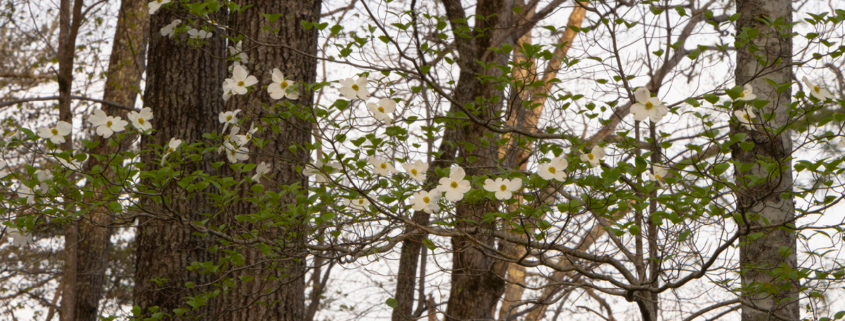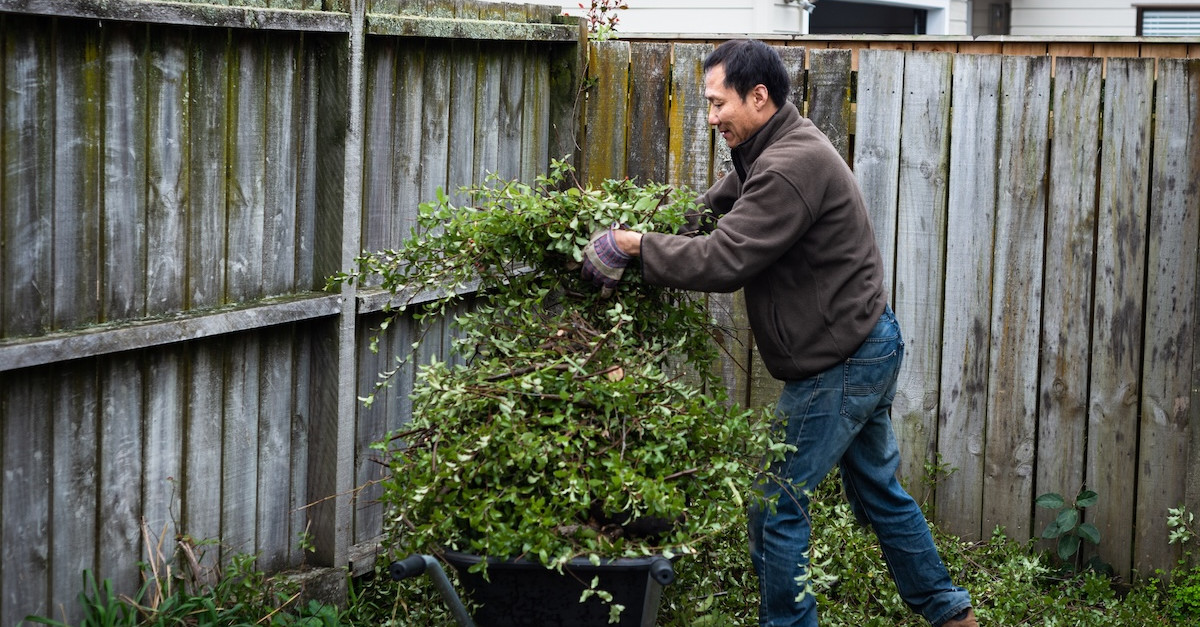Dogwood Blight & Why Dogwoods Have Been Dying in the South
When you’ve worked hard to maintain your landscape, few sights are as sad to see as a failing tree. The death of a dogwood can be especially heartbreaking. Native to the eastern U.S., these ornamental trees produce beautiful springtime blooms when they’re healthy. But the species is also susceptible to a common condition known as dogwood blight.
If your tree is suffering, don’t lose hope. There’s a chance the plight of dogwood blight can be reversed — here’s what you need to know.
What Is Dogwood Blight?
Officially known as anthracnose, dogwood blight is a fungal disease that was first discovered in the late 1970s in the Northeast. While the exact origins are unknown, researchers suspected climate-related factors like droughts made the earliest affected dogwoods susceptible to the infection. The condition spread rapidly, taking hold all throughout Appalachia and killing a significant portion of the dogwood population in its path. Today, it remains especially prevalent in the South.
Anthracnose attacks leaves, including those that have fallen, but it can also infect the branches and trunk of a dogwood. While some species appear to be more resistant to the fungus, they can still incur damage when infected. One of the most notorious signs of the condition is leaf damage, including yellowing, curling leaves, and brown spots. Left untreated, dogwood blight can also affect the long-term health of the entire tree.
Unfortunately, anthracnose spreads easily since the fungi’s spores can be carried by the wind to new leaves. Because it may be impossible to avoid the infection altogether, the best approaches are to strengthen your dogwood’s resistance and to treat them quickly if signs of an issue do emerge.
How to Protect Your Trees Against Dogwood Blight
Avoid Overwatering.
Most established dogwoods don’t need to be watered regularly unless there’s a severe drought. Though newly-planted dogwoods will need extra water to thrive, overwatering could create a breeding ground for the fungus that causes anthracnose. In general, watering to a depth of about six inches once per week should promote healthy growth.
Prevent Damage.
Dogwoods that are in good health are better able to fight off infection. Avoid stressing your tree by keeping a safe distance when mowing and using other yard tools. Consider mulching around the tree’s base to prevent weed growth and to help keep the surrounding soil nourished.
Remove Affected Leaves.
If you begin to notice discolored or curling leaves on your dogwood, remove them promptly to contain the spread. Similarly, rake up any leaves soon after they’ve fallen, since the fungus can continue to live and migrate from the ground.
Apply a Fungicide.
Leaves affected by anthracnose can’t be remedied, but you can apply a fungicide in attempt to salvage the rest of the tree. Unfortunately, a fungicide will only work for the next growth cycle. That means if the infection takes hold in summer, you’ll still have to wait until the following spring to apply a treatment. Typically, fungicide treatments should be initiated starting at bud break and may need to be administered at routine intervals.
Speak With a Certified Arborist at Premier Tree Solutions
Whether it’s dogwood blight or another condition that’s keeping your trees from looking their best, our arborists can diagnose the issue and present the best options for your property. For a free estimate, send us a message or call (404) 252-6448.










